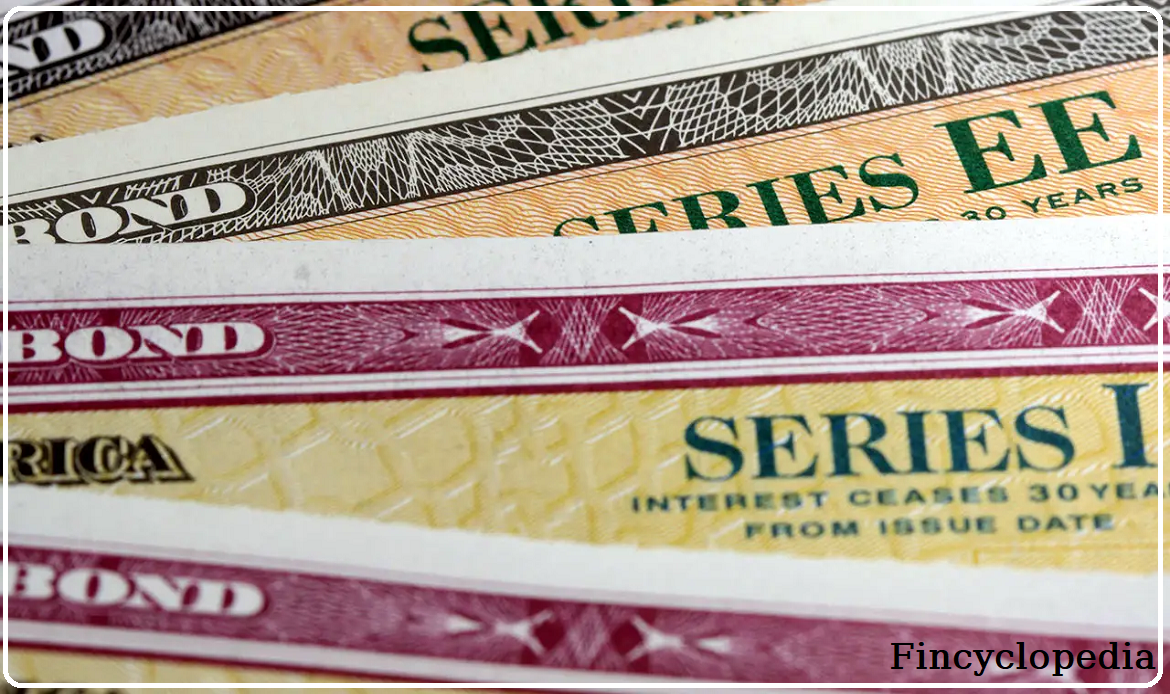The yield on a taxable bond issue after income taxes are paid. It is computed as follows:
taxable-equivalent yield = tax-exempt yield ÷ (1- marginal tax rate)
The marginal tax rate is the tax rate at which an additional unit of money is taxed. This rate varies from an investor to another. For example, if a taxable bond issue offers a yield of 4.2% and is purchased by an investor whose marginal tax rate is 34%, then the taxable-equivalent yield would be:
taxable-equivalent yield = 0.042 ÷ (1-0.34) = 6.363%
The higher the marginal tax rate, the higher the taxable equivalent yield, and vice versa.
The taxable-equivalent yield is also known as a tax-equivalent yield.






